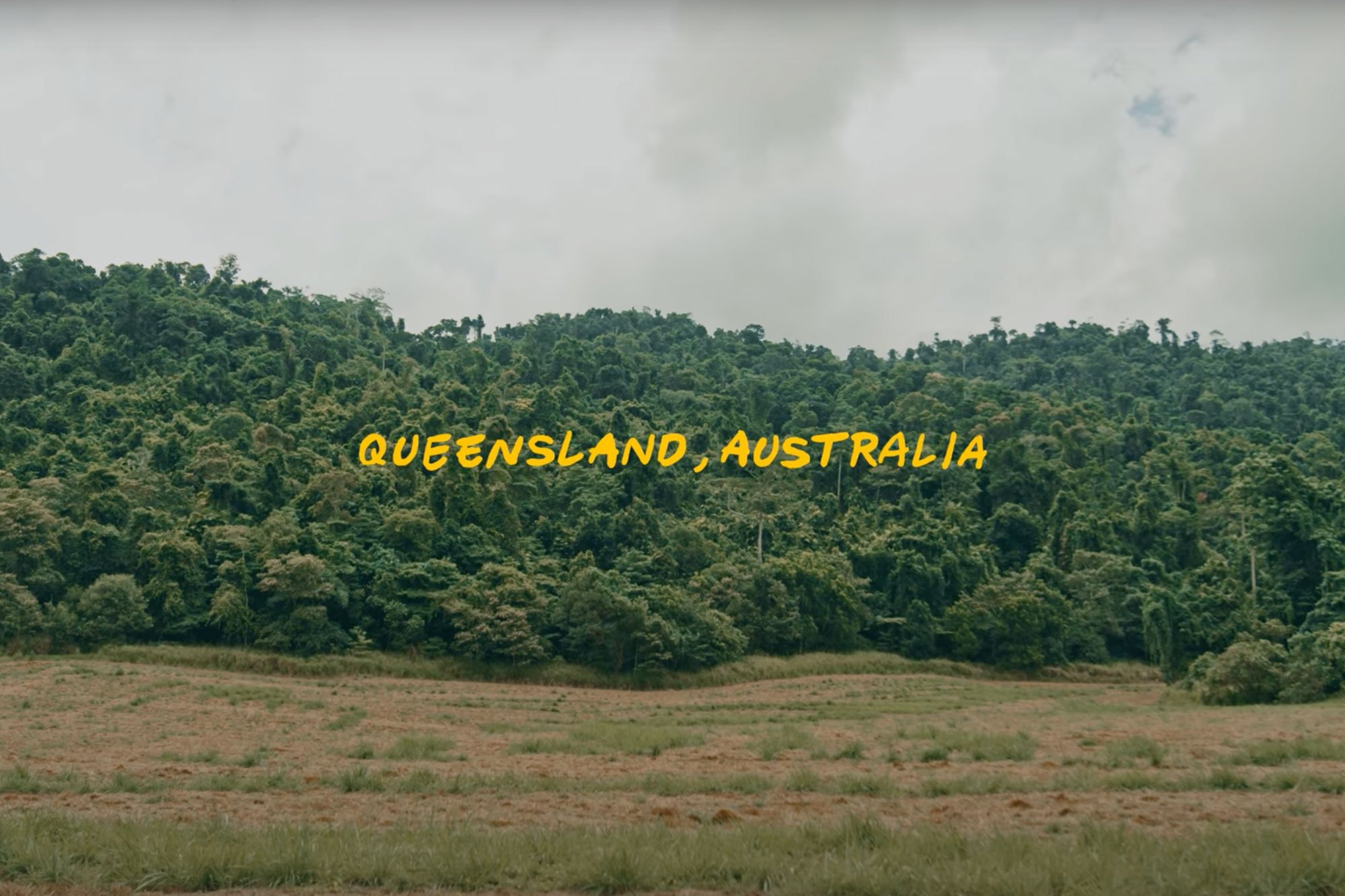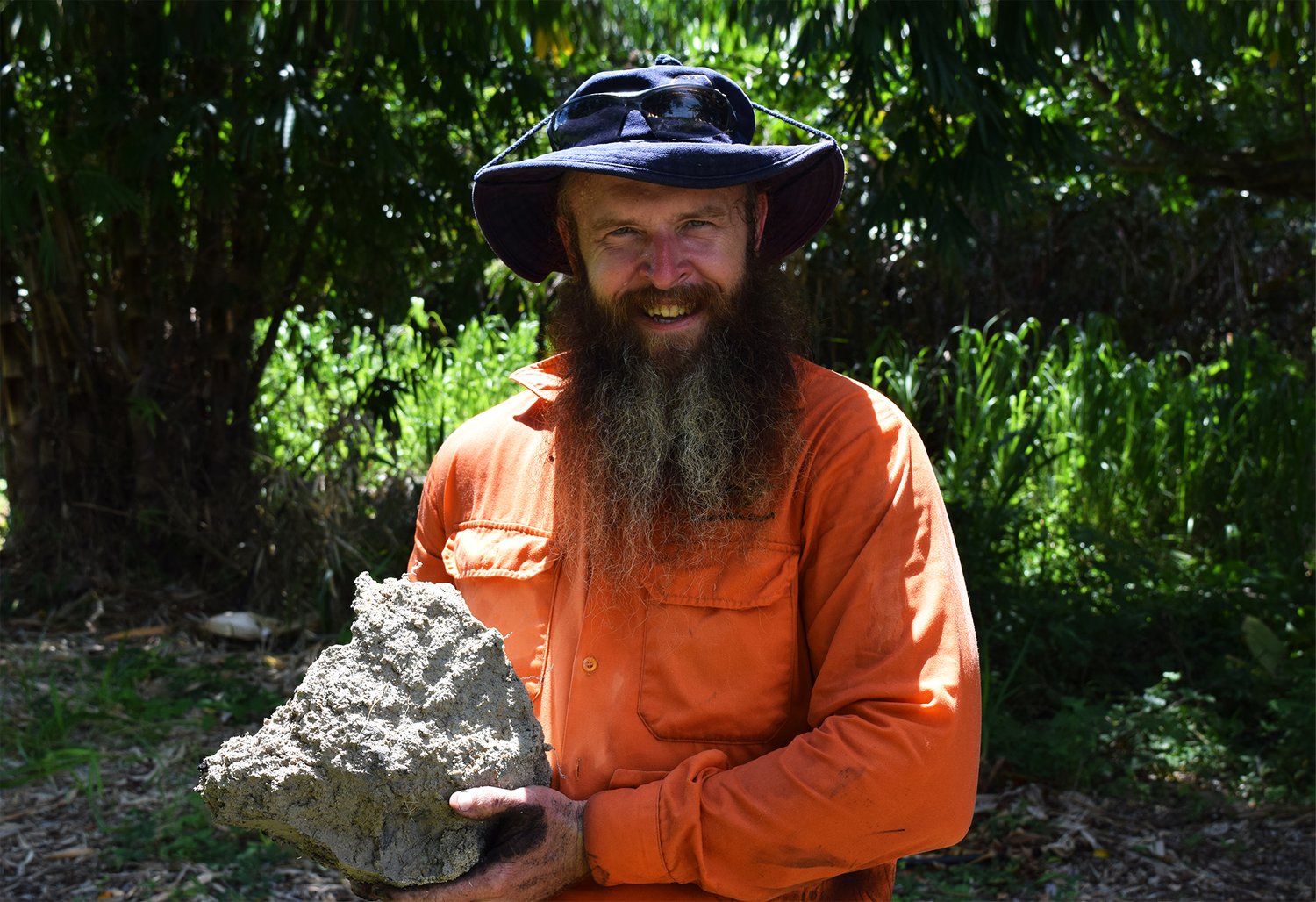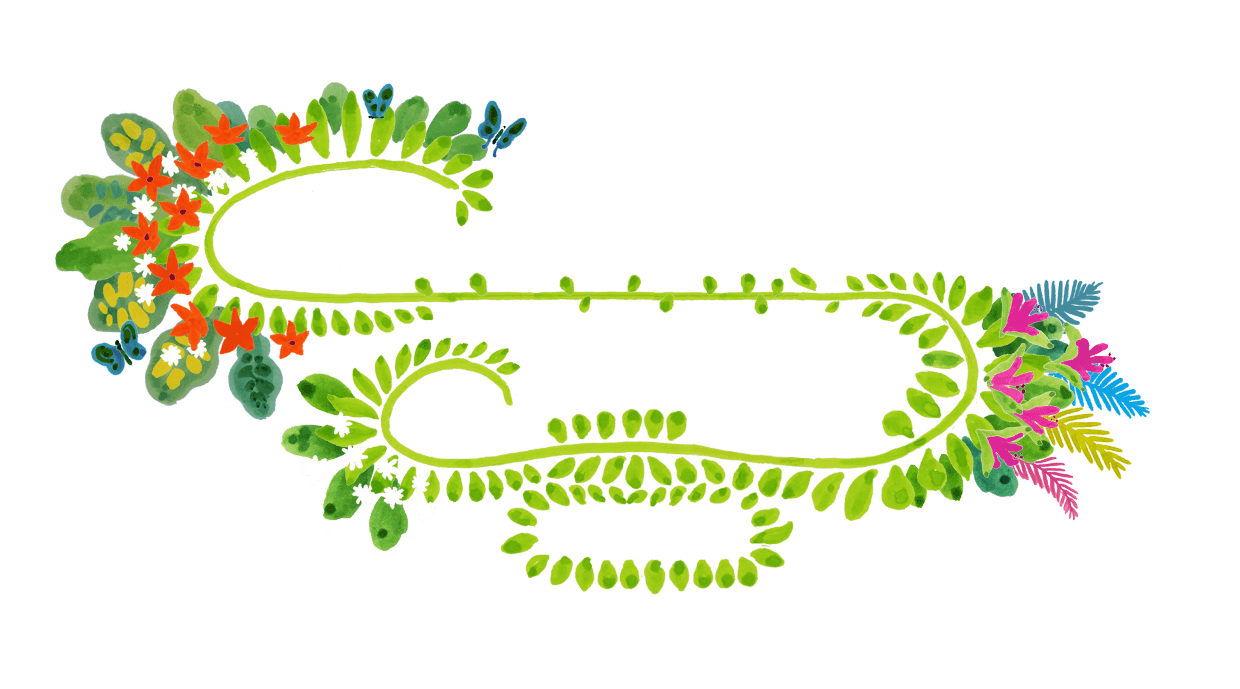
Queensland, Australia
Smith's Gap
Restoring habitat for the endangered Southern Cassowary bird.
Besides being a critical bottleneck of habitat for Southern Cassowary Bird, the site will be listed as a Nature Refuge.
Before this certification can be achieved, it needs to be revegetated.
Forest Maker Brett Krause
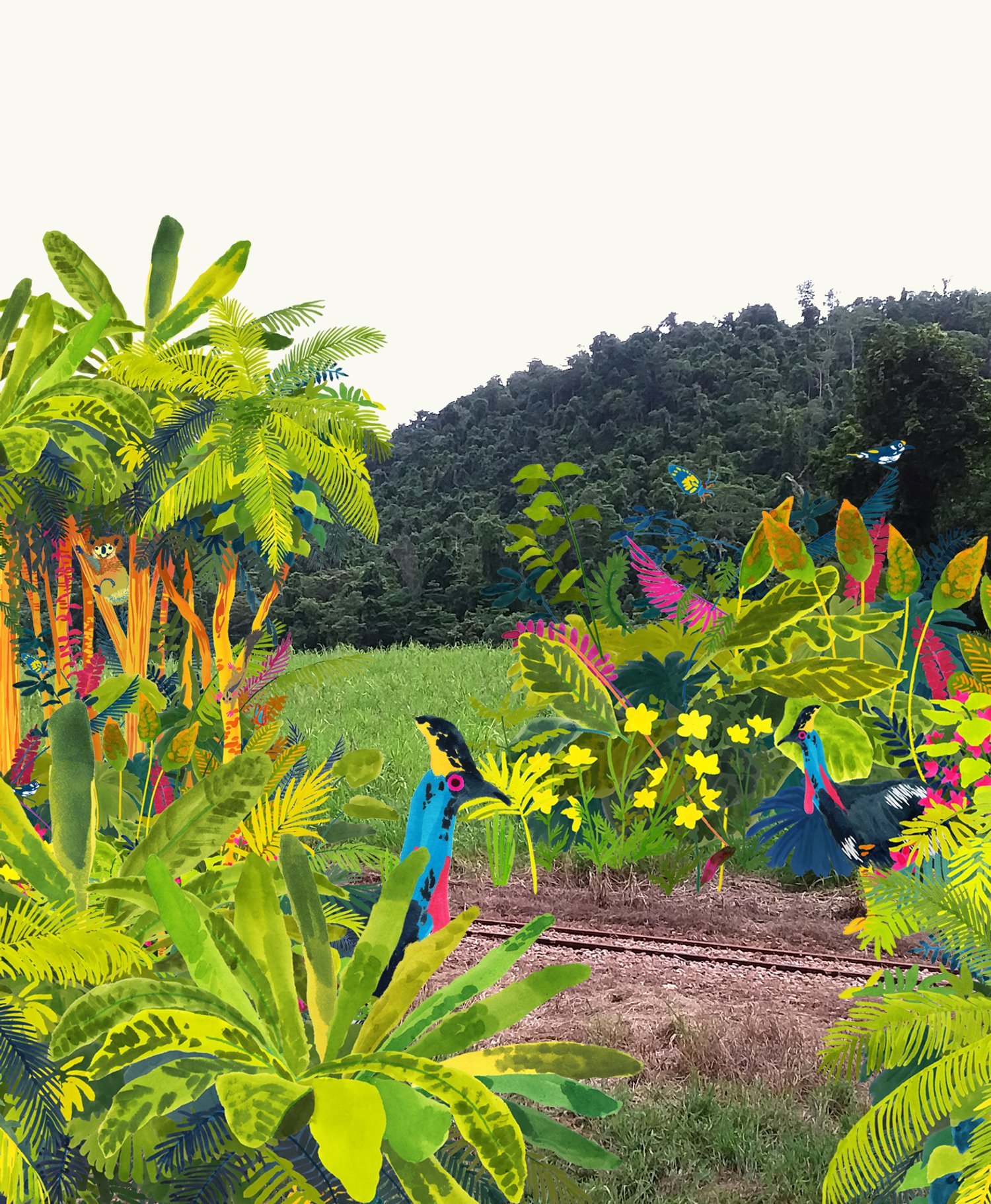
380
Trees
100
Square Meters
76
Native Species
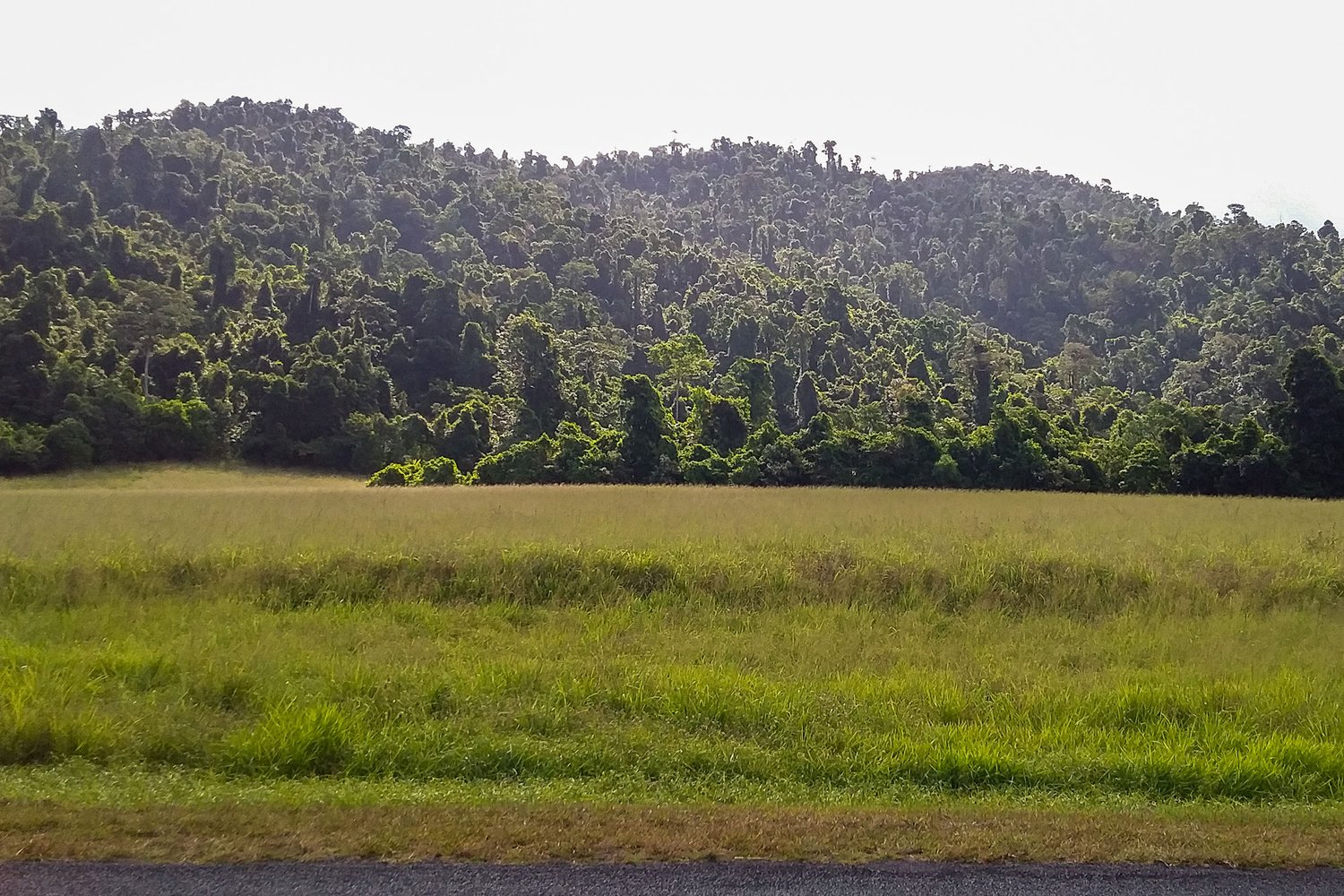

“Through the revegetation of Smiths Gap, we aim to be certified & listed as a Nature Refuge for the Cassowary Bird.”
— Brett Krause
Forest Report: 3 Years
DATE: 25.09.2022
Survival Rate: 95%
Average of Tallest 3 Trees: 800cm
This pocket forest is a triumph with excellent survival rate and growth measurements. Forest floor and leaf litter is established, with zero weed penetration. The forest is now self-sustaining. New floral species are growing in the forest from bird droppings.
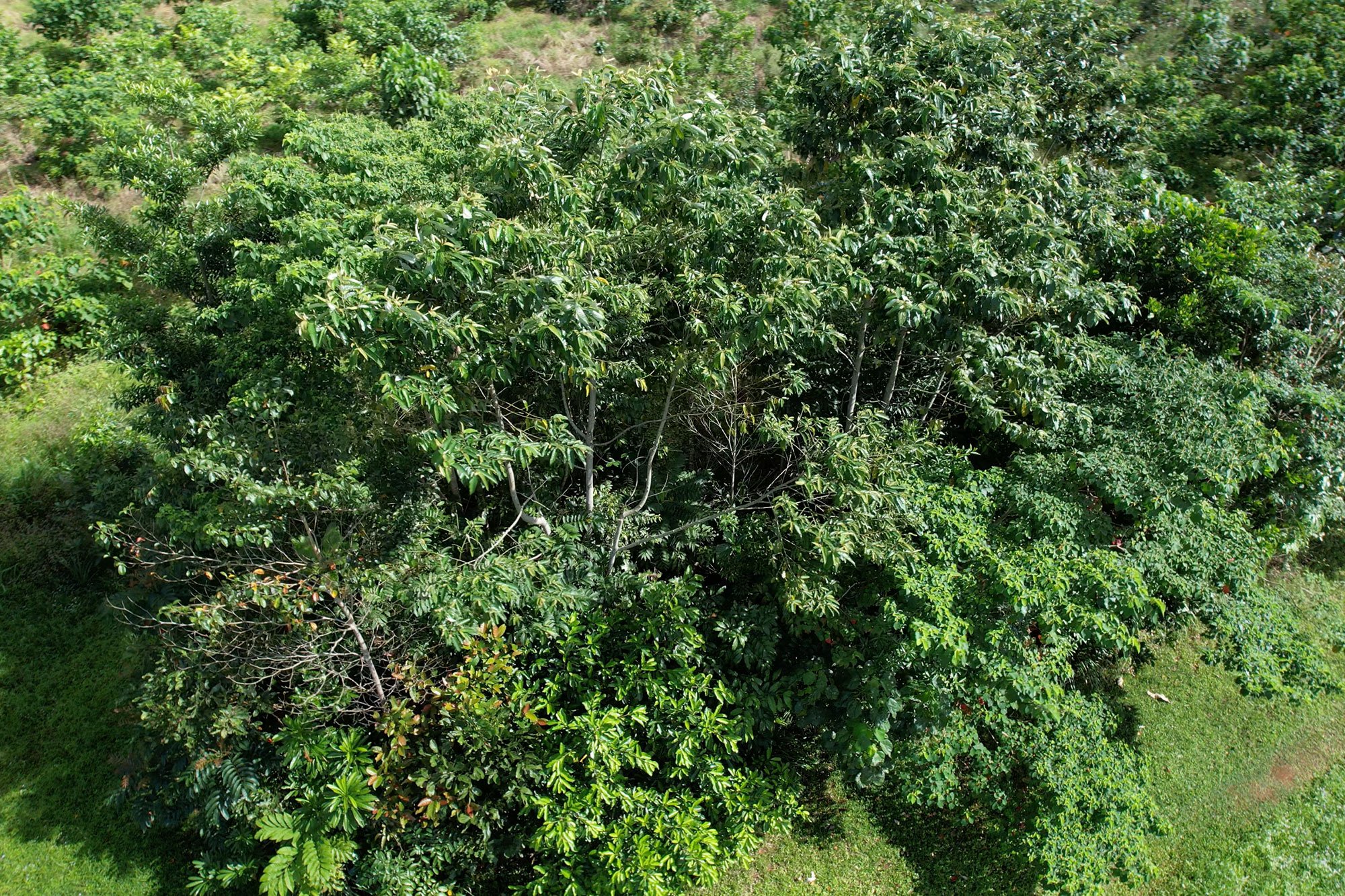
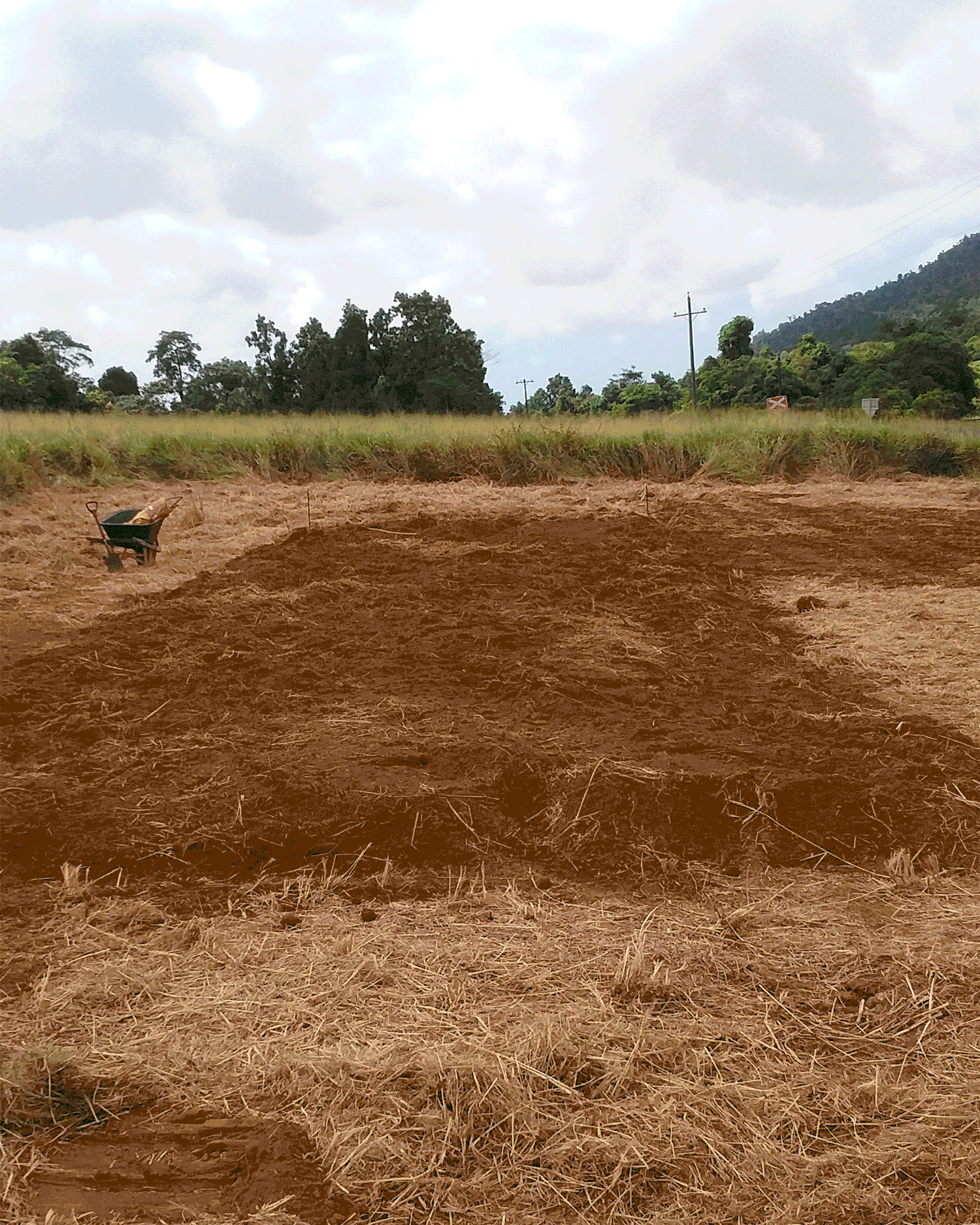

Biodiversity Notes:
Trees continue to flower well, including the sandpaper fig (Ficus opposita), white ash (Alphitonia petreii) and cadaghi (Corymbia torreliana). The endangered Southern Cassowary bird (Casuarius casuarius) is spotted in the forest regularly, along with other fauna.
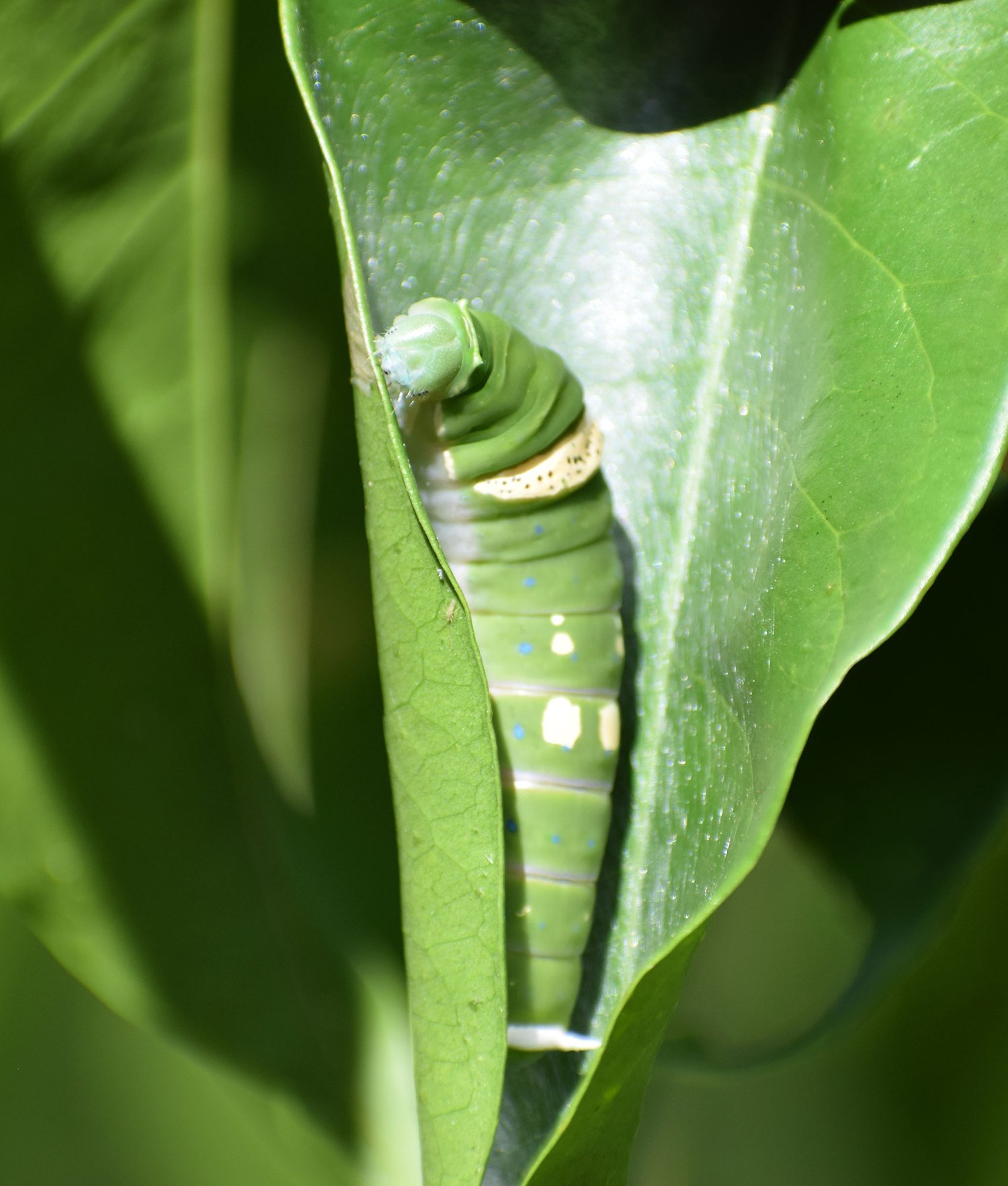



Forest Report: 2 Years
DATE: 25.09.2021
Survival Rate: 95%
Average of tallest 3 trees: 700cm
Forest floor and leaf litter established. Zero weed penetration. The forest is self-sustaining; it has been a great growing season with above average rainfall.


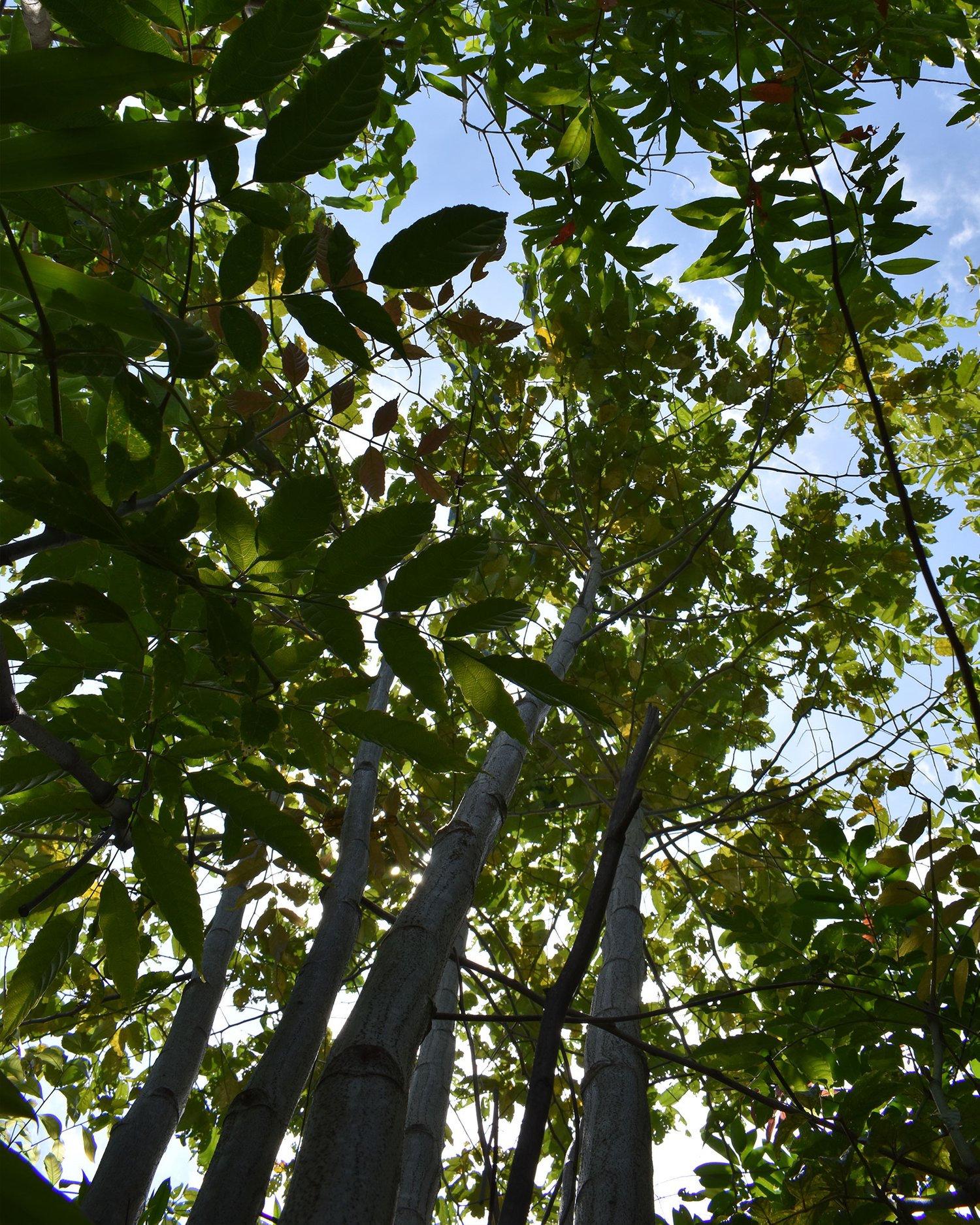
Biodiversity Notes:
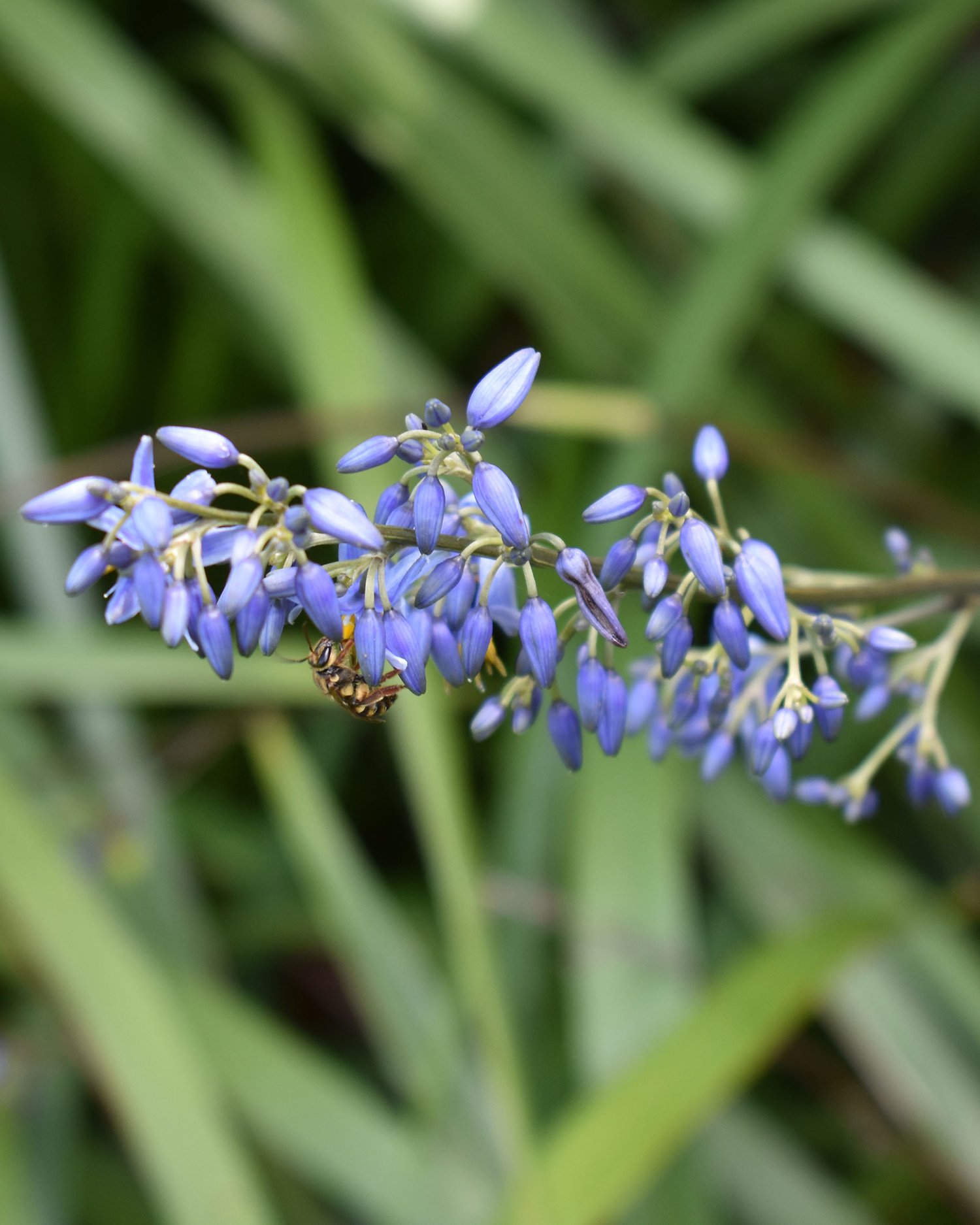

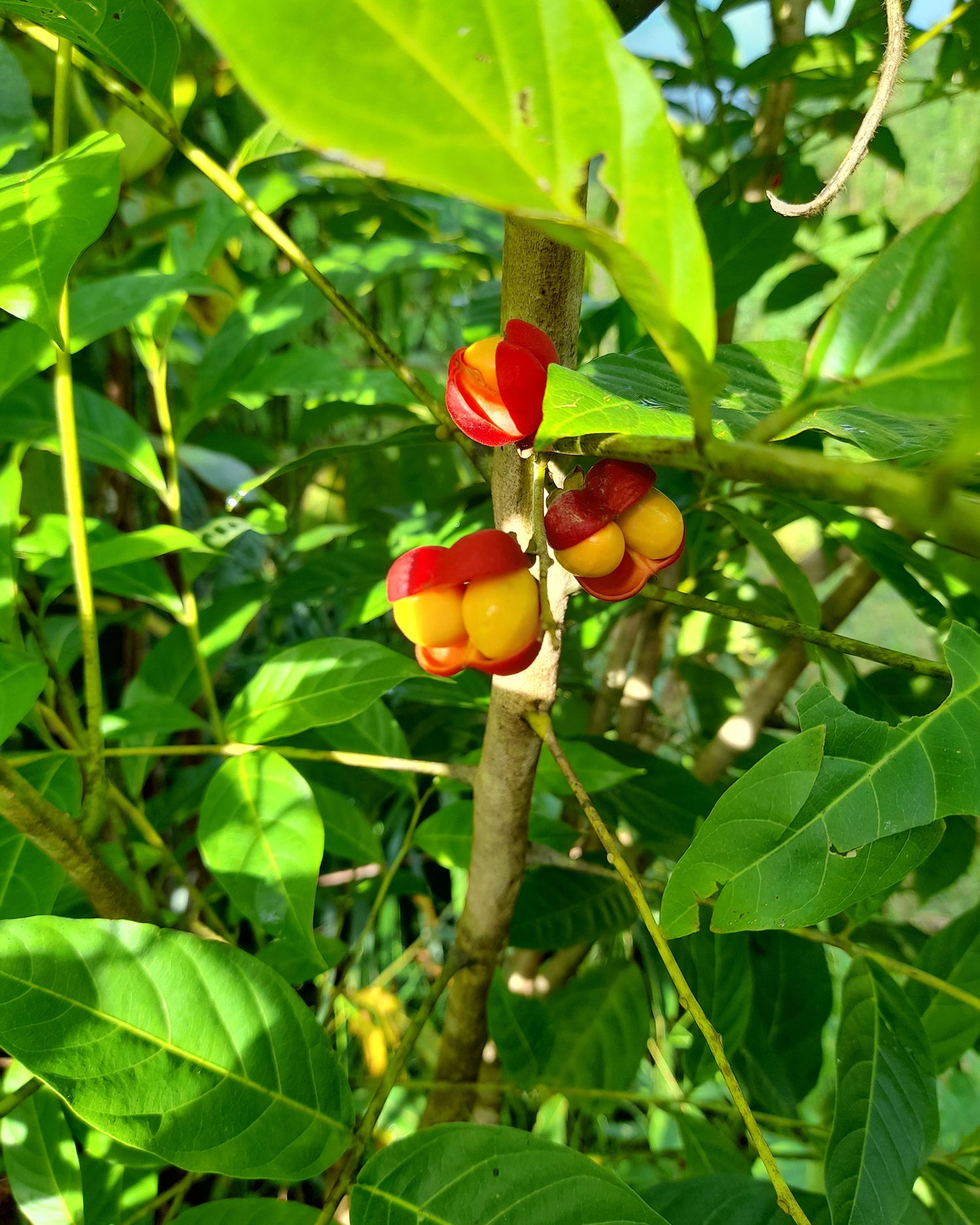
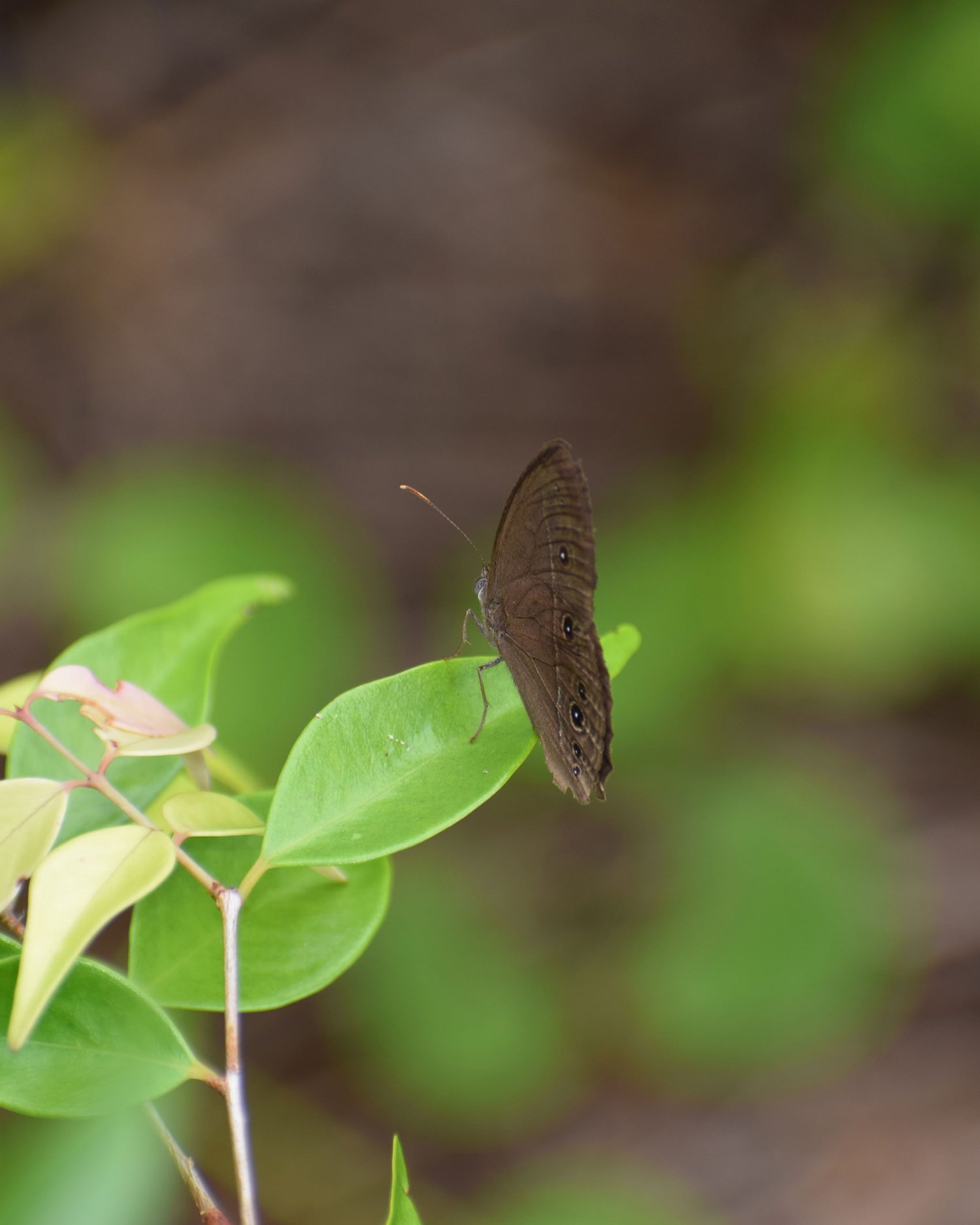
“Growth rates are doing well! We are excited about what the forest will have to offer - water retention, soil productivity, carbon sequestration, and not to mention habitat for the endangered Southern Cassowary bird!”
— Brett Krause
Forest Report: 1 Year
DATE: 25.09.2020

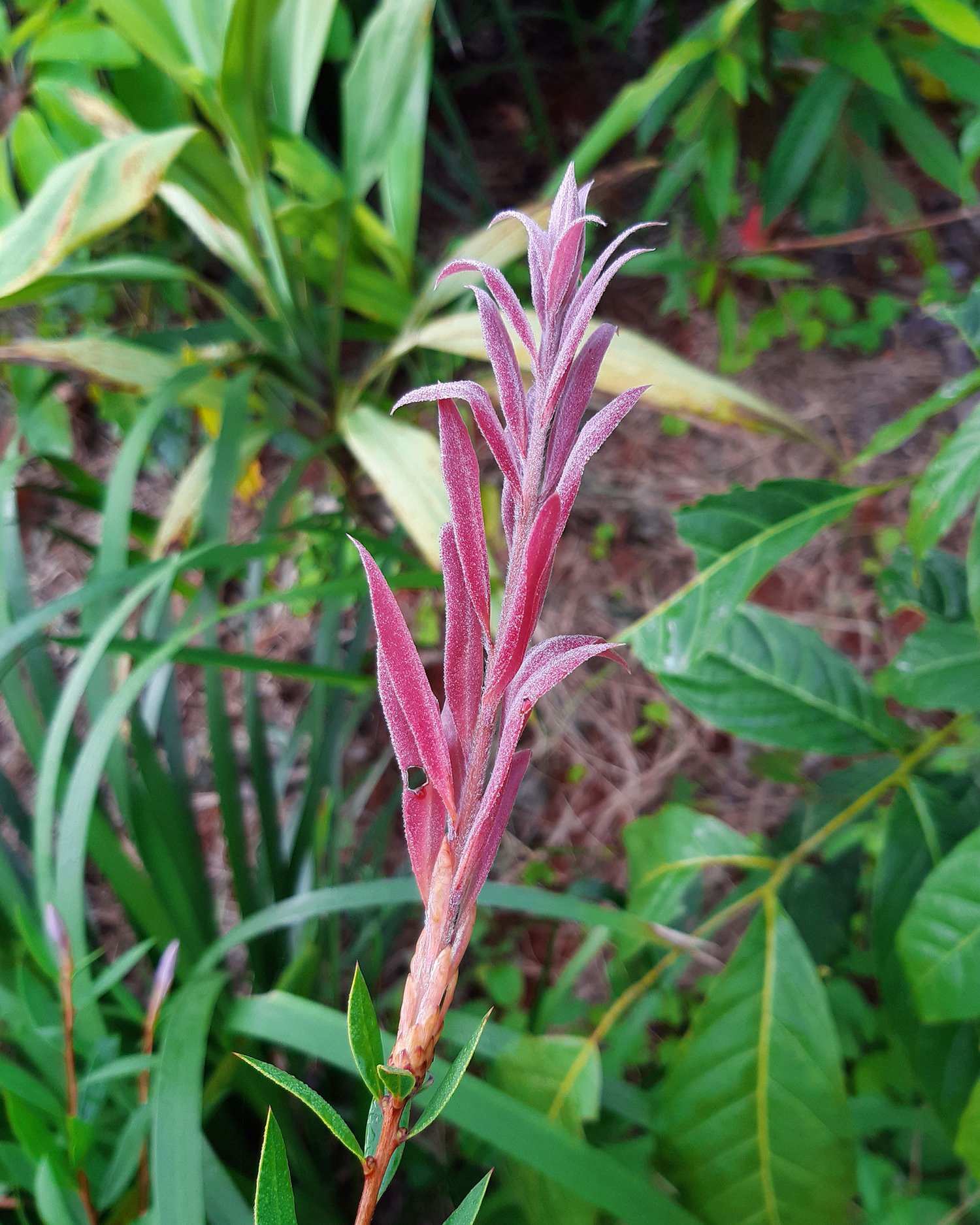
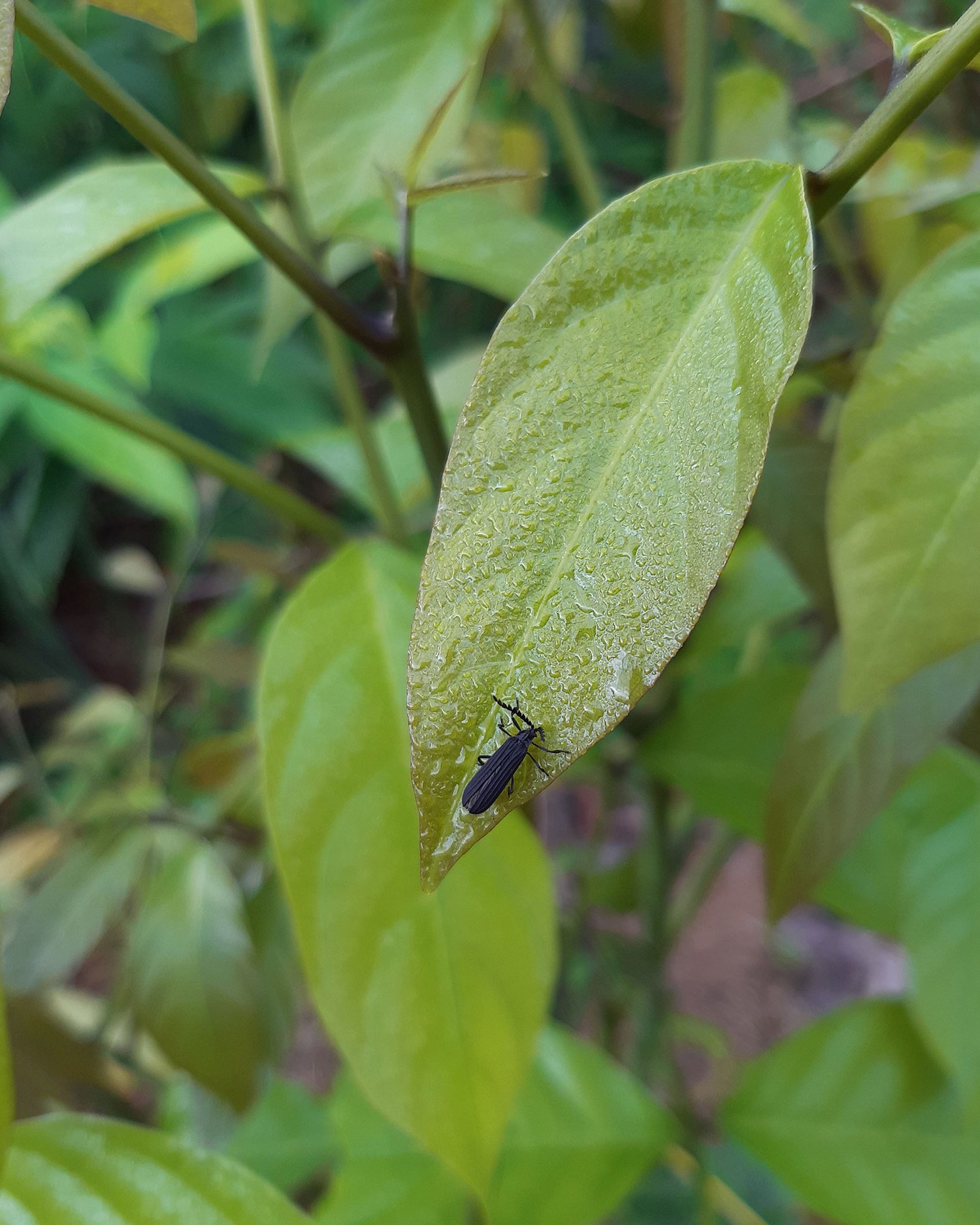
Forest Report: Planting
DATE: 25.09.2019

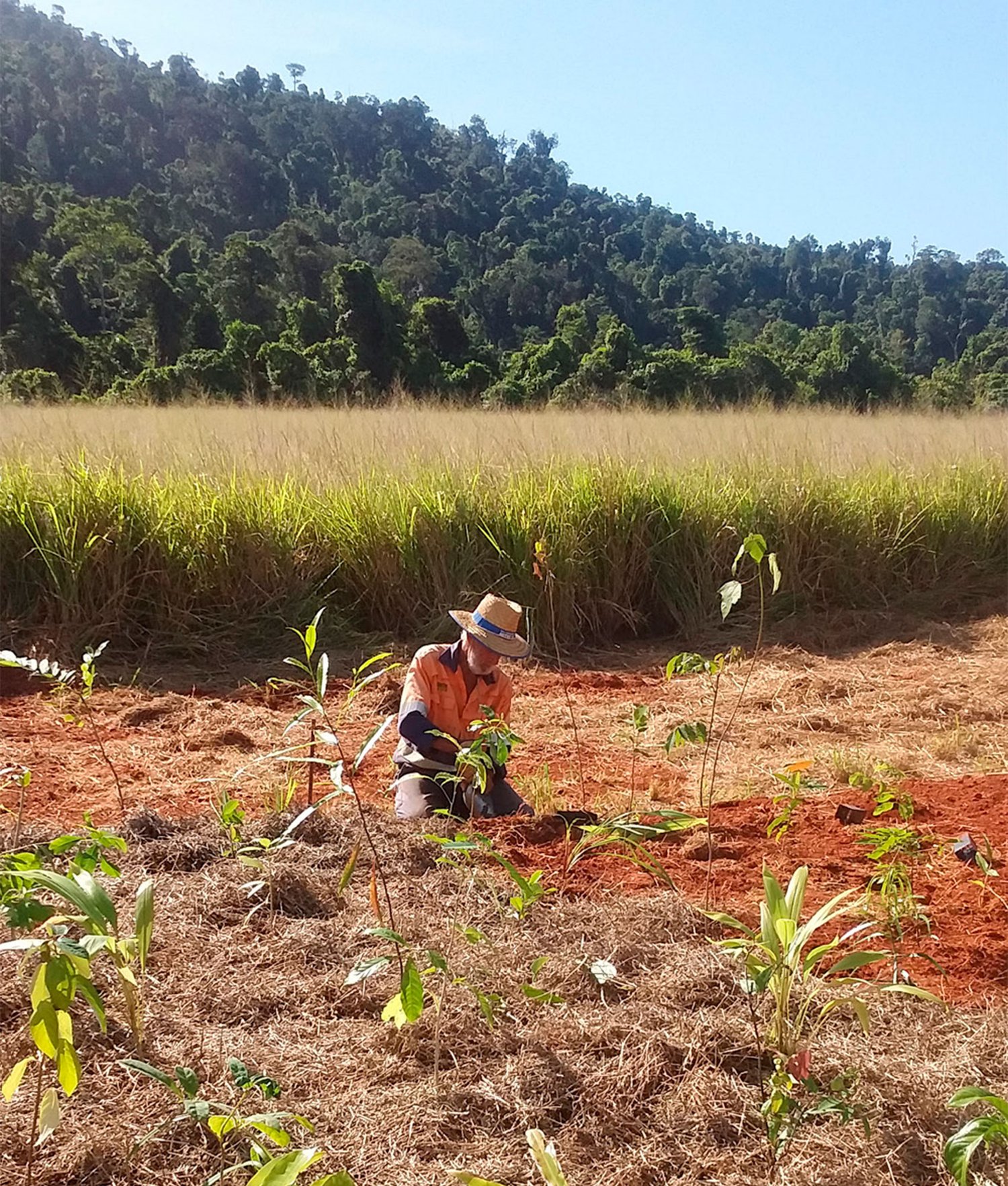

Forest Design

Native Wildlife
The southern cassowary (Casuarius casuarius), also known as double-wattled cassowary, Australian cassowary or two-wattled cassowary, is a large flightless black bird. It is a ratite and therefore related to emu, ostrich, and Kiwi genera.
Subject to ongoing habitat loss, limited range, and overhunting in some areas, the southern cassowary is listed as Endangered under Federal and Queensland State legislation. Some threats are habitat loss (logging), feral animals eating their eggs, hunting, and roadkill. Road building, feral animals and hunting are the worst of these threats. It is estimated that there are only approximately 2,500 individuals left in Australia.
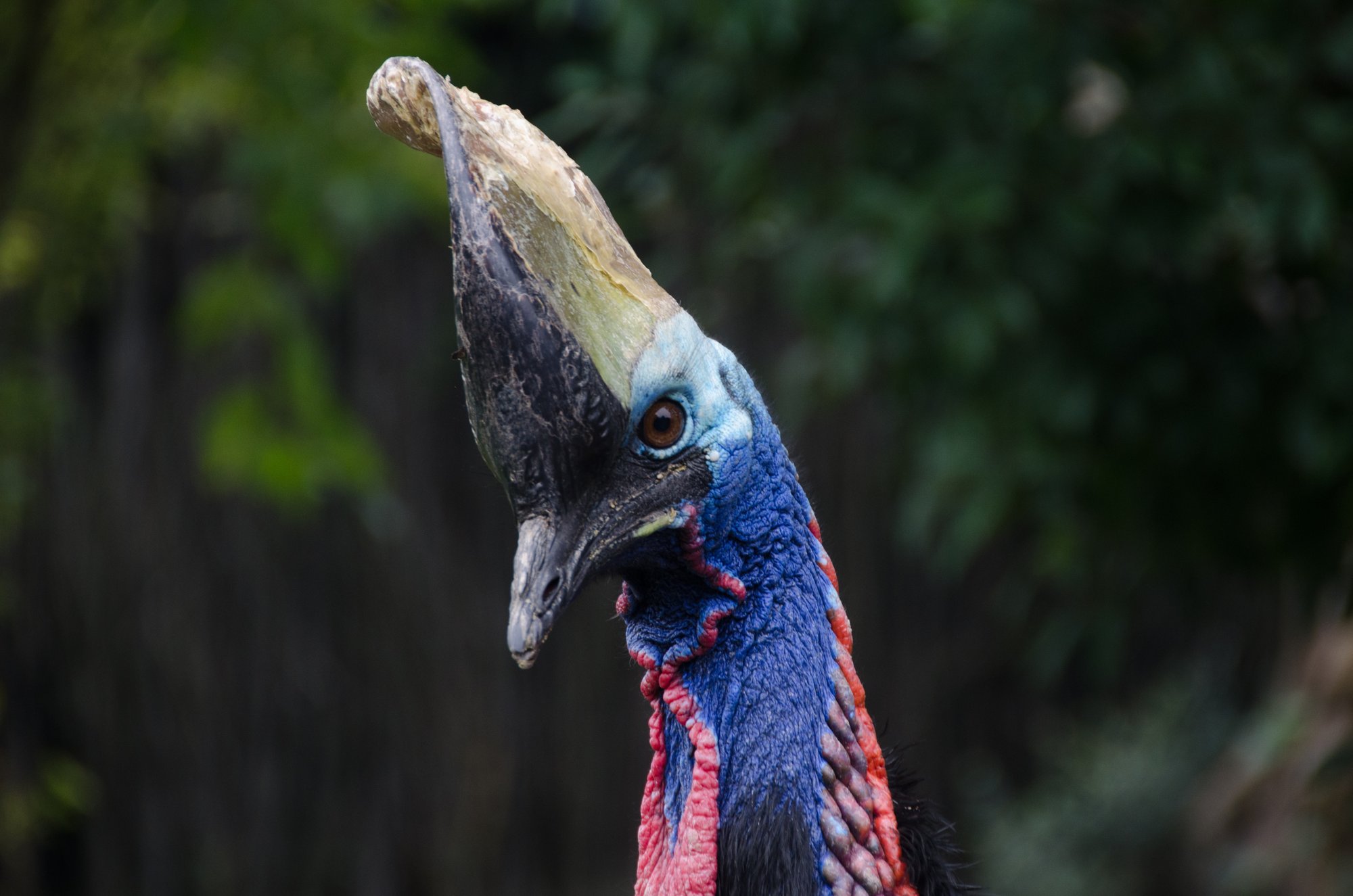
Discover more SUGi Projects

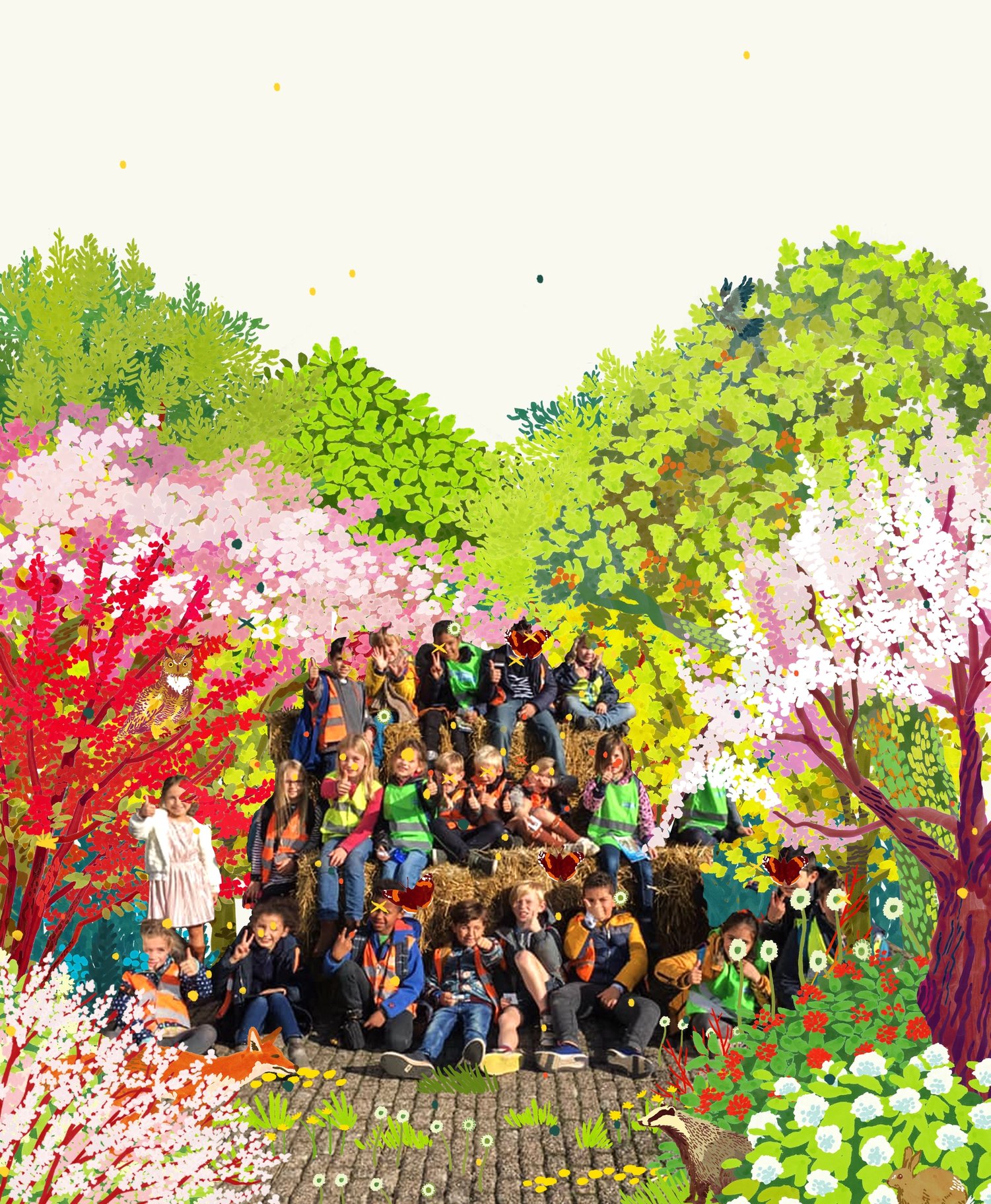
De Ark
A forest learning center in Sint-Niklaas


Langalibalele Forest
Cultivating a green oasis for community wellness and education.

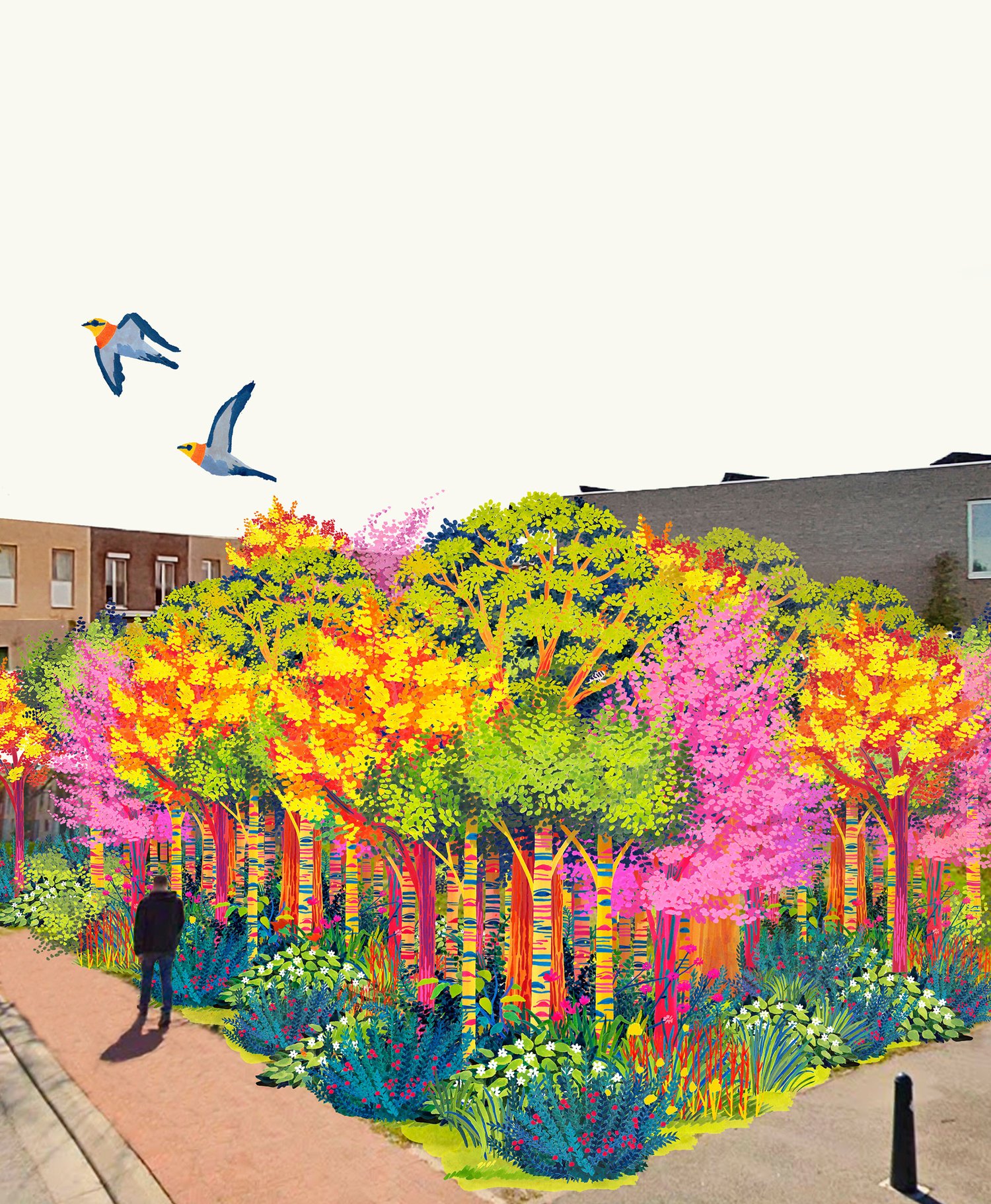
Papenhof Forest
Nature-based therapy at the heart of a city
